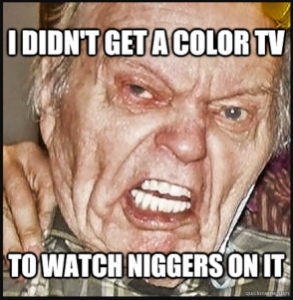'Heat islands': racist housing policies in US linked to deadly heatwave exposure
Deadly ‘heat islands’ which have fewer green spaces and tree canopy linked to racist policies in urban neighborhoods, study finds
Deadly urban heatwaves disproportionately affect underserved neighbourhoods because of the legacy of racist housing policies which have denied African Americans home ownership and basic public services, a landmark new study has found.
Extreme heat kills hundreds of people in the US every year – more than any other hazardous weather event, including hurricanes, tornadoes and flooding, according to the Centers for Disease Control. Heatwaves have been occurring more frequently since the mid-20th century, and are expected to become more common, more severe and longer-lasting due to the climate crisis.
However, exposure to extreme heat is unequal: temperatures in different neighborhoods within the same city can vary by 20F. It is mostly lower-income households and communities of color who live in these urban “heat islands” which have historically had fewer green spaces and tree canopy, and more concrete and pavements and thus are less equipped to cope with the mounting effects of global heating.
https://archive.is/rK6ph#selection-2207.0-2217.127“This systematic pattern suggests a woefully negligent planning system that hyper-privileges richer and whiter communities,” said Vivek Shandas, professor of urban studies and planning at Portland State University who authors the paper.
The study, published today in the journal Climate, is the first to examine the link between historical housing policies to disproportionate exposure to current deadly heatwaves.



 Likes:
Likes: 






 Reply With Quote
Reply With Quote
